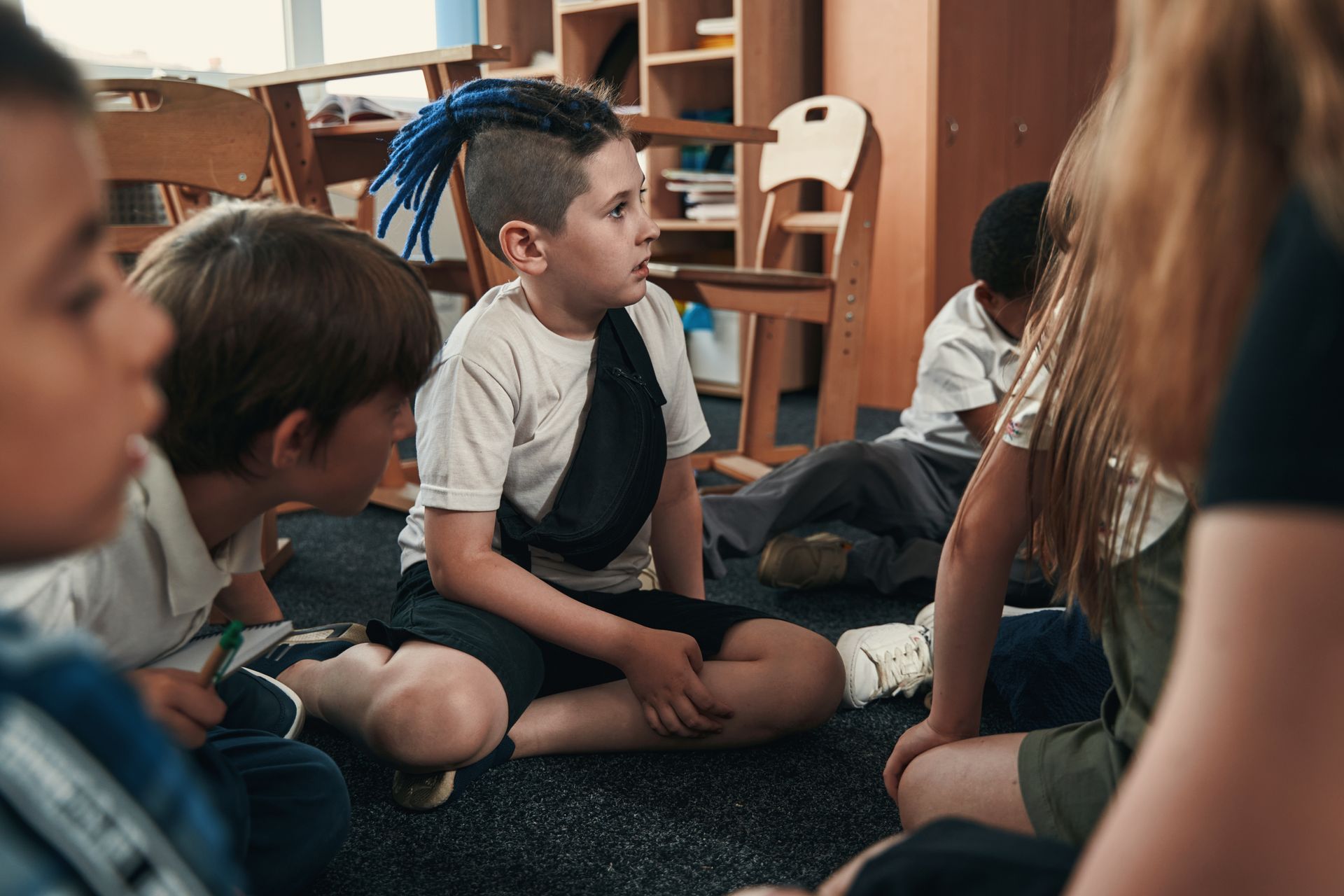CV&me
CV&me
CV MONTHLY REVIEW - MAY
This monthly blog will focus on CVSD school board meeting and committee meeting areas of interests. My goal is to encourage people to be involved in the CVSD as shareholders in our educational system. We are shareholders because we are all taxpayers whether you have children in the district or not. I believe all shareholders should be engaged but also know we all have time constraints that inhibit our ability to research it all. I will strive to give short informational segments to help the community understand important happenings at CVSD.
The next few months will include information about Portrait of a Graduate and the company behind it. Please see my video to help understand this company and the process of Portrait of a Graduate. I do have some concerns regarding Portrait of a Graduate and its company Battelle for Kids that I would like to share. I have spent over 100 hours of my own time researching Battelle for Kids, the National Equity Project, DEI programs, webinars and speakers associated with BFK. You may or may not share my concerns after researching for yourself for various reasons but I believe dialogue is key to any successful and truly functioning community. We should be able to discuss concerns with open and honest conversations and then move forward respectfully.
A few things you may not be aware of:
- The program Portrait of a Graduate cost taxpayers $41,300 and that includes a $7,500 annual membership to Battelle for Kids. It was paid for with ESSR money this time but what will our cost be for the next portion of the program with teacher training, conferences, and membership? We are having a difficult time finding teachers so just want to make sure our monies are being used to support our teachers and employment needs.
- BFK is a strategic partner with the National Equity Project. The NEP has very radical ideology, speakers and instructors regarding equity, white privilege, white guilt, and anti-capitalism. These all can be listened to on many of the webinars and podcasts on their site,
www.nationalequityproject.org . Please try to listen to several so you get a broad perspective of their ideology. This is an organization that is partnered with BFK and so they would be aligned with their concepts and general ideology that they teach and promote. In several podcasts, Karen Garza, president and CEO of BFK states that her “friends” at NEP have helped them on many projects.
Although social emotional learning is actually a very helpful concept and was initiated with very good intentions, I feel it is now being taken out of context and adding the equity component will cause many problems in our schools and our community. All children and adults need social and emotional techniques and skills as they are anger management, stress management and coping skills and techniques. However, there is more that has been added to these programs that is concerning. Karen Garza states that Portrait of Graduate and their programs are anchored in equity. What does that actually mean and how does this play out in our education system and individually with our children’s experiences on a daily basis at school.
Two questions that we need to determine:
1) What is our education system focused on? Is it academic or theology driven?
2) Should politics and theology be interwoven in our public schools?
Educators and promoters of SEL state it is simply vital to address if we are going to have academic performance increase after the trauma of the pandemic. It is all just to help with the academics. We can create a culture of positive attributes with keeping the academic focus with objective standards so we know if our children are learning math, science and reading. Dr. Christopher wrote in his message to everyone regarding the Portrait of a Graduate on our CV website: that after we come up with the terms we will use in our Portrait of a Graduate, “then the real work will begin, which will be to identify how these attributes and skills are embedded into the CVSD curriculum from K-12 to ensure that all graduates are prepared for life after graduation.” What does that actually look like, what does that cost taxpayers, and how will our students be assessed in the future? What does it look like for teachers and how they are trained to work with our children? What extra expectations will be put on our teachers that are already overtaxed at this point?
BFK has many videos that discuss this and they want to move to assessing our students on these “21st Century skills” and move away from grades in subjects. I think we can all agree that standardized testing has its flaws but if we don’t have objective assessments of academic performance than we truly don’t have a public academic education system. If schools are going to focus more on judging critical thinking, creative problem-solving and empathy then we are now judging our students on ideologies and theology and it will be very subjective depending on which teachers are assessing students. I do have many concerns regarding this program as well as Battelle for Kids coming into our schools. I have reached out to Karen Garza several times. We were emailing back and forth but when I started asking specific questions regarding defining anti-racism, white privilege and what equity means for her programming she stopped emailing back to me. My concern is with a company that wants to promote critical thinking and communication until you disagree with or question them and then they simply stop communicating. Please go to www.battelleforkids.org to the learning hub for videos/podcast to understand where we are headed with this program. Please go and listen to “Assessment 21 by Battelle for Kids” and “Redefining Student Success with Ken Kay and Suzie Boss” to start with so you can hear from them directly. There are many more and would encourage you to watch and listen to as many as possible. Really listen to what they are saying and what their concepts look like in real life classrooms.
The National Equity Project is a progressive organization that supports concepts such as:
- The founding of America is based on slavery and white supremacy and believe that has been the problem with America and still is. The Declaration of Independence was not meant to include black people and therefore needs to be removed.
- Capitalism needs to be abolished because it is racist even though DEI business in American is over a $8,000,000,000 business that they are profiting from it in our capitalist society. However, they want us to hate the system that is making them very wealthy.
- White people or their term, “white folk” need to self-reflect and continually assess their unconscious bias and racism. Denying that you’re racist confirms that you’re racist.
- Testing is not equitable and therefor racist, so we need to change the structure of our schools.
- There is systematic racism in all areas and if you deny it, it is only because you are privileged by that system and therefore…racist.
- If you are white and try to not be racist, you are just trying to be a “good” white because you understand you are racist. You therefore have to constantly prove you are not actively being racist, and such admitting you are racist to begin with. So there are really no “good” whites.
- This is one that really confuses me and seems the most bias in nature. Black children learn better from black teachers and therefore we need to have teachers that represent each identity to successfully teach. I had teachers of all ethnic backgrounds and only remembered if I thought they were a good teacher because they made it enjoyable to learn and I therefore was engaged and did well in the subject. It had NOTHING to do with skin color or ethnicity.
Please go to
www.nationalequityproject.com and review as many webinars and podcasts as possible to understand what they believe and want to push in through our public education system. Listen to their own words and then decide if this is good for our children and our community.



Want more information?
CV&me
Latest news

